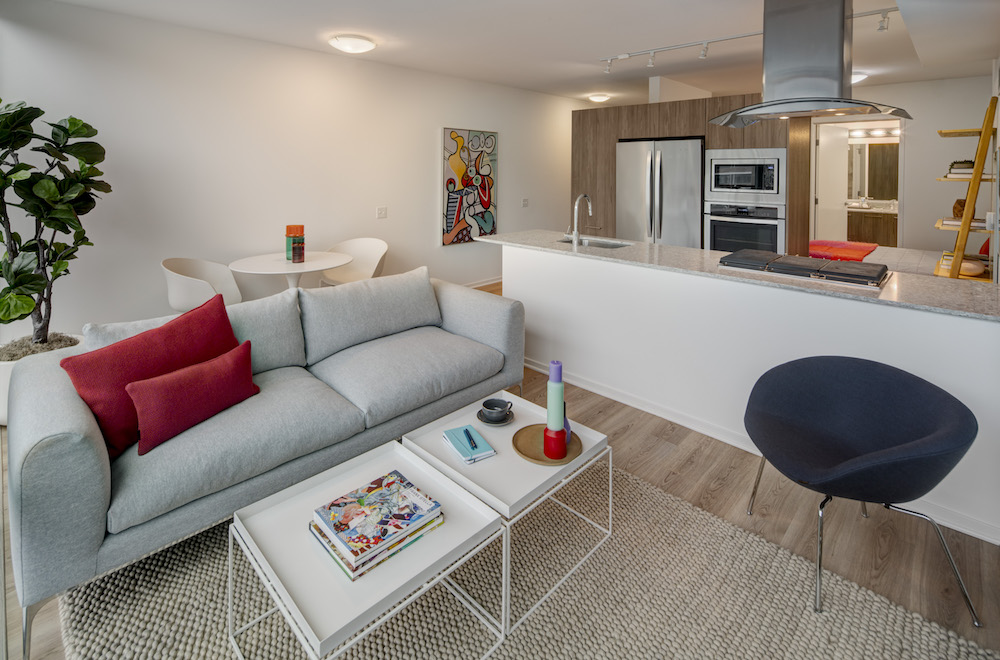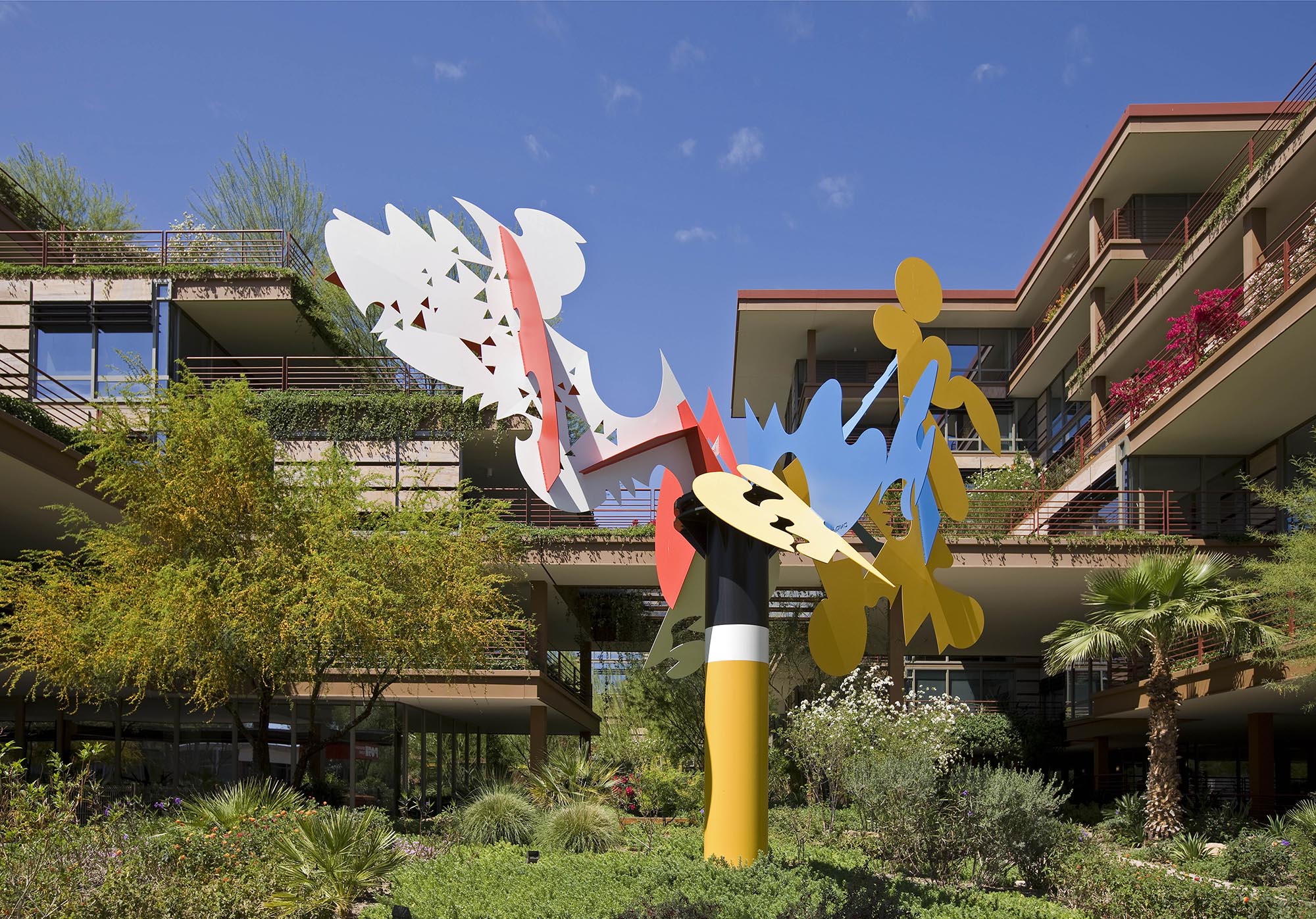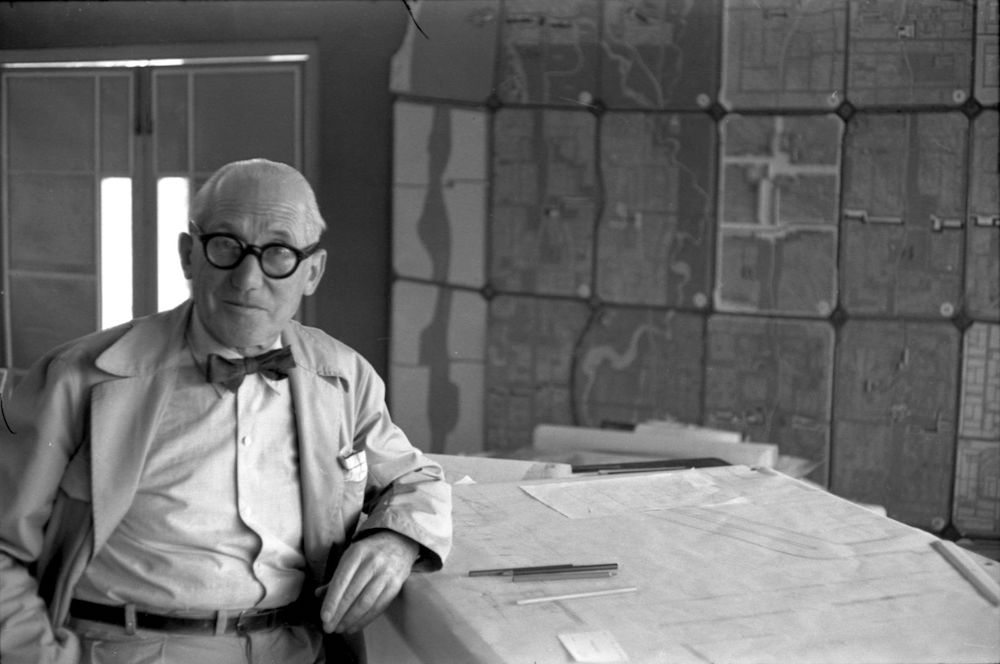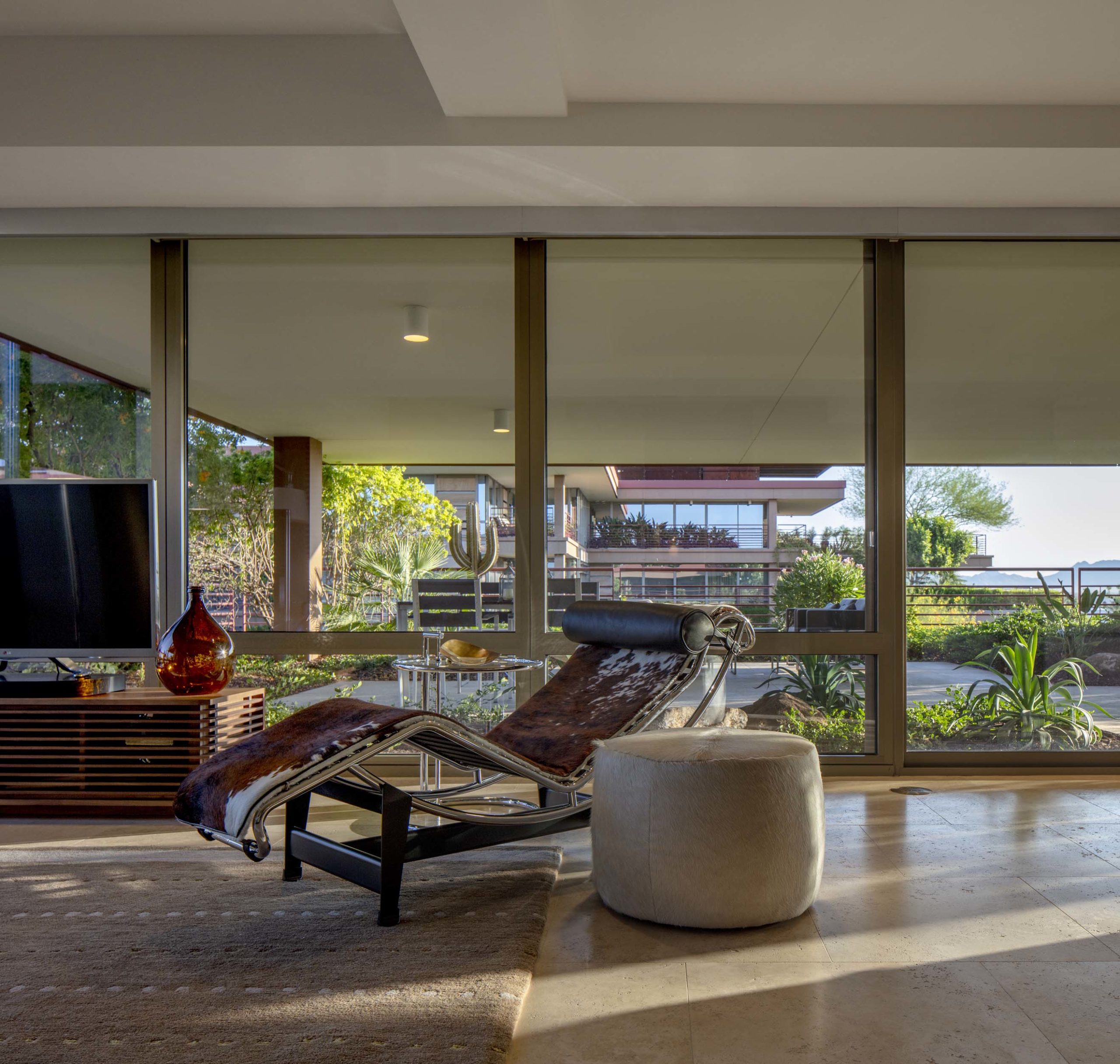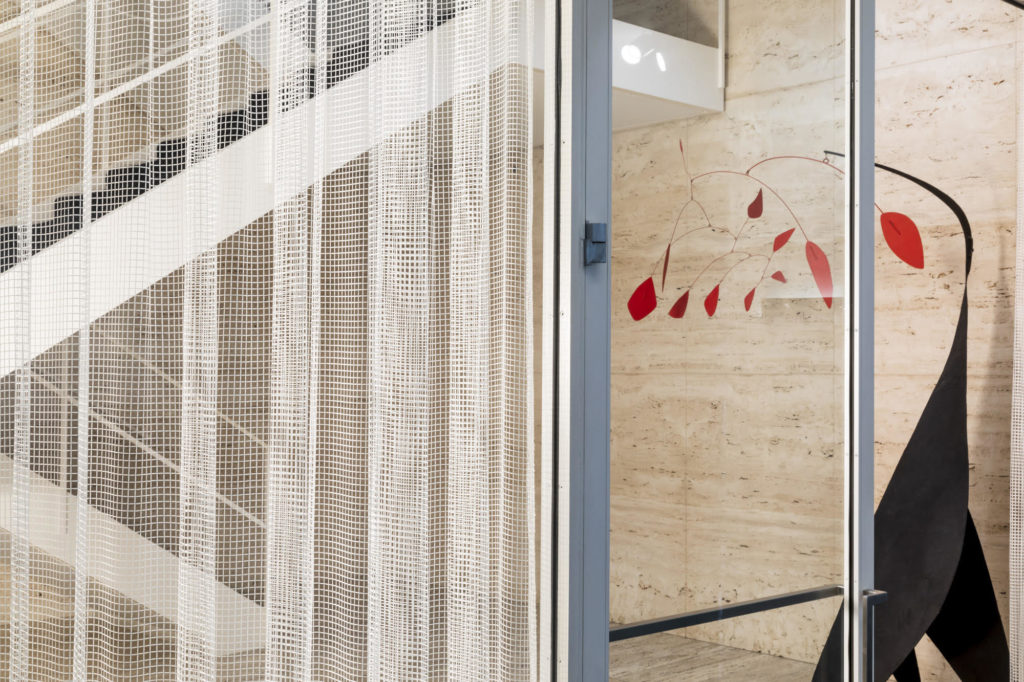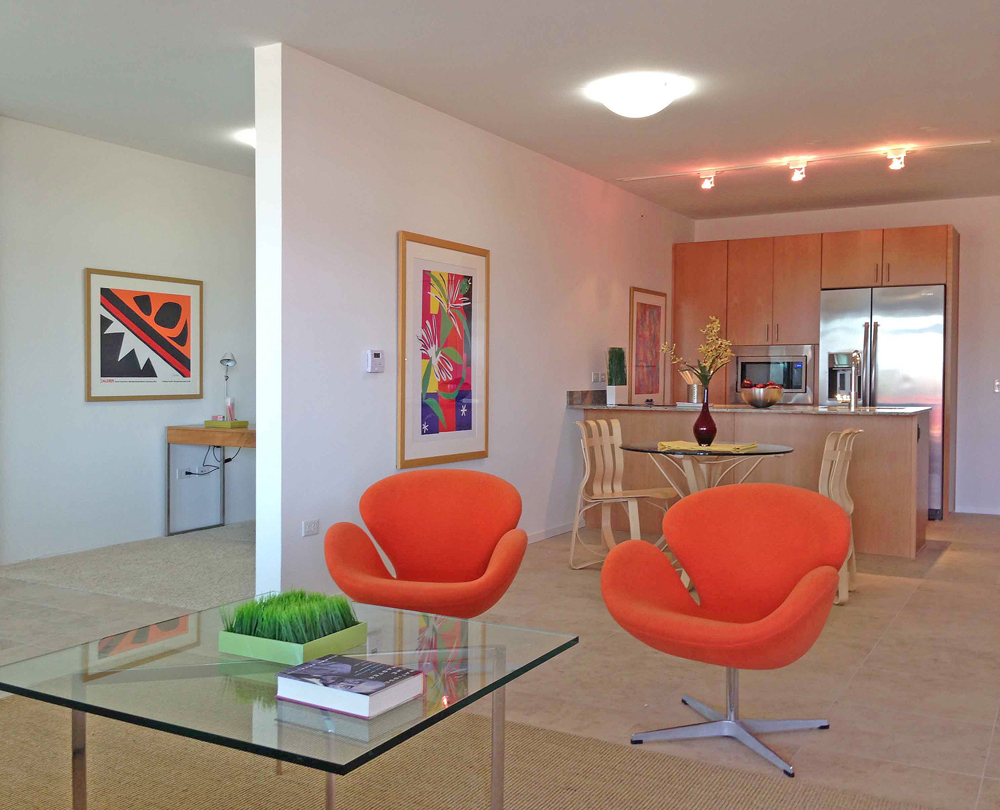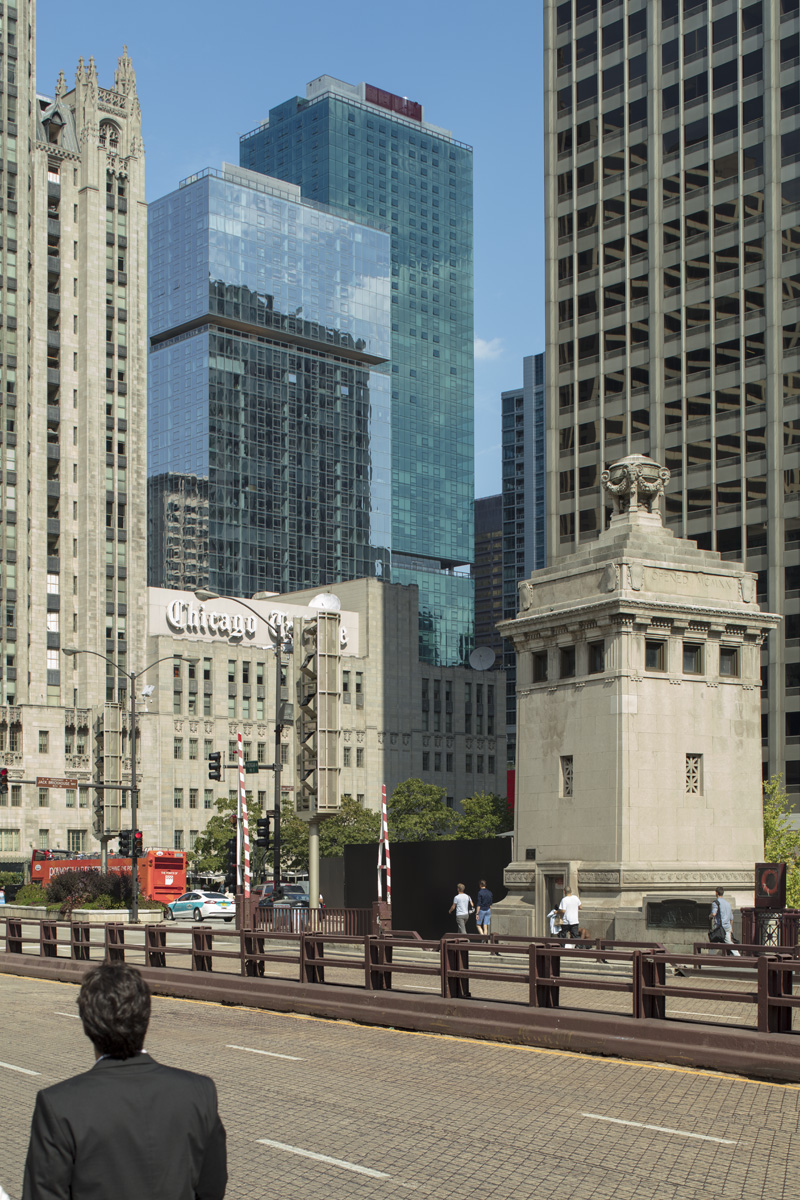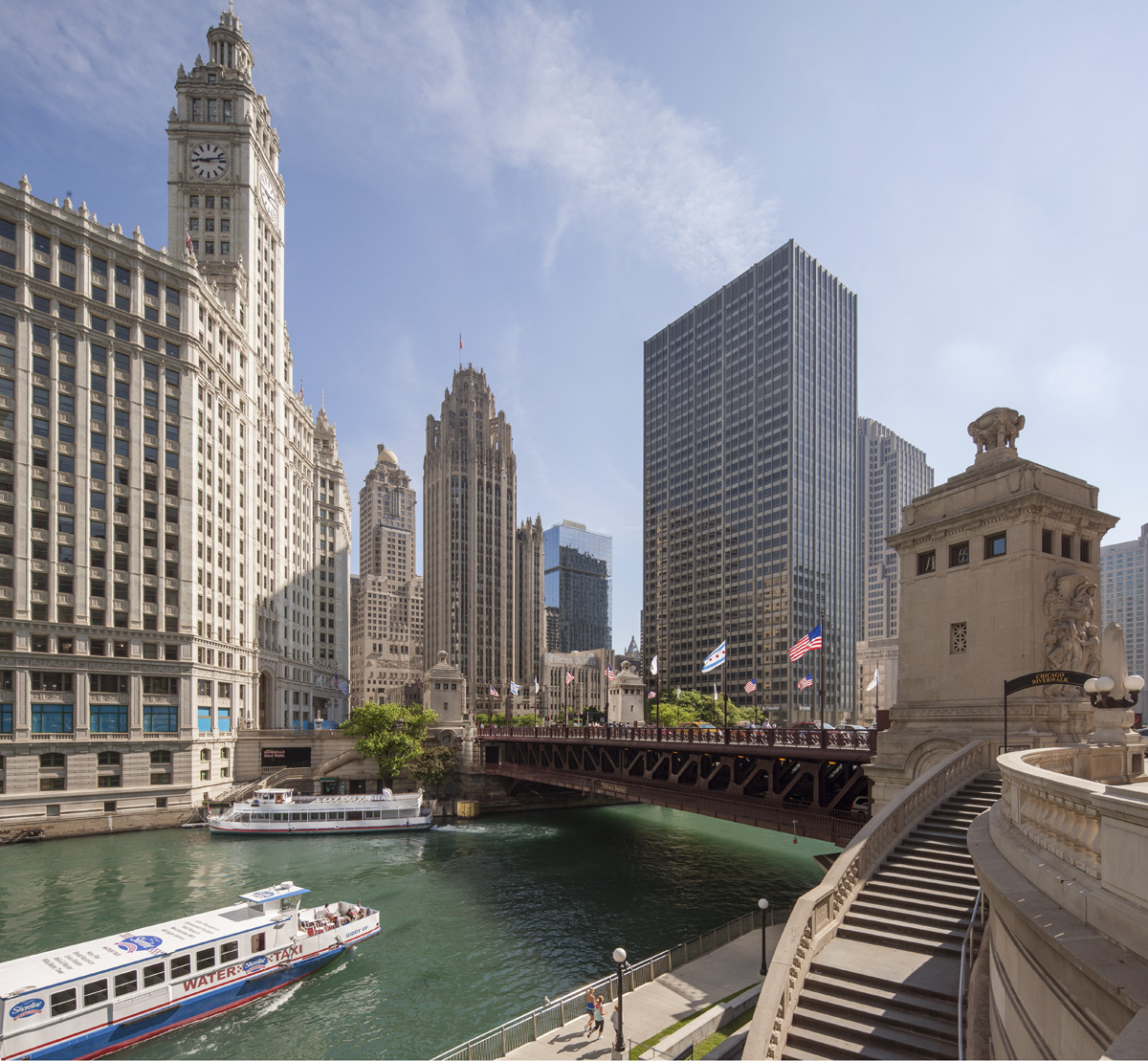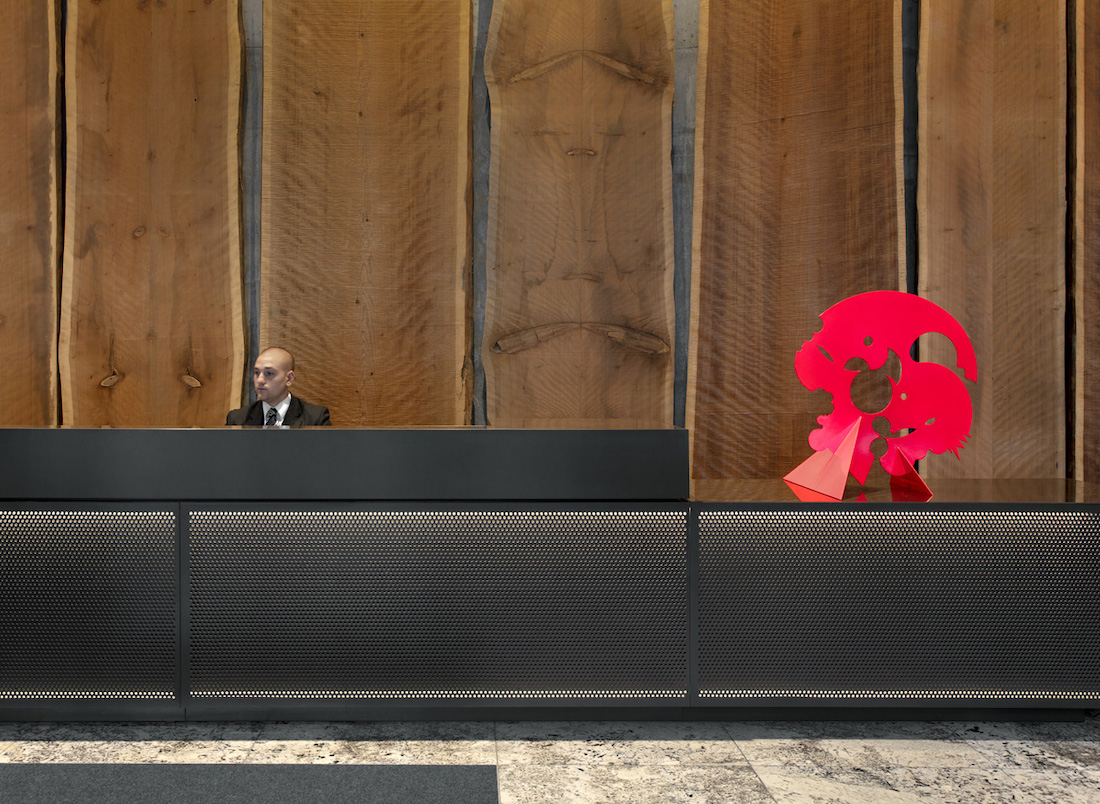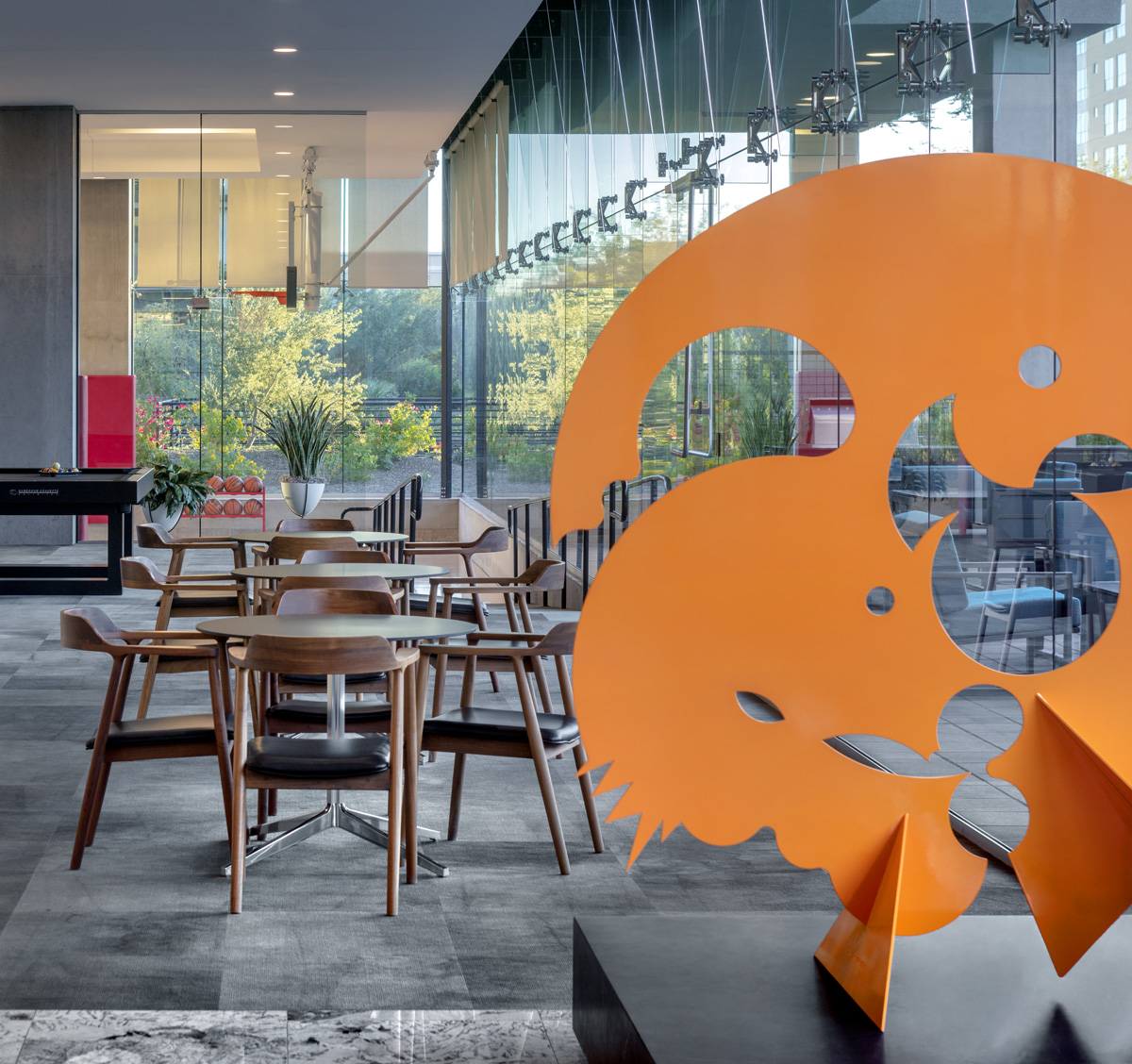One of the world’s most iconic creators, Pablo Picasso is globally known as one of the most influential artists of the 20th century. His brightly-colored work adorns the walls of our Optima buildings, and today we dive into his life and work.
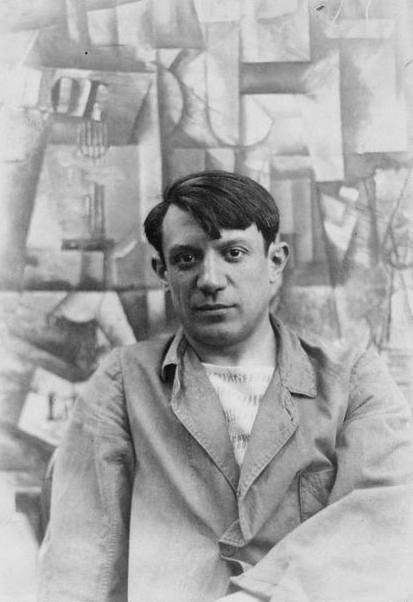
A Promising Start
Born in Spain in 1881, Picasso was a gifted artist from a young age, receiving lessons early on from his father, who was also a painter. While trained and mentored in academic realism, by the time Picasso was sixteen, his interpretation of Modernism began to attract attention within the art world. Picasso struggled with the close influence of his father, who he fought with frequently, and eventually bounced back and forth between Spain and France to pursue his own distinguished style.
An Expansive Body of Work
Throughout his life, Picasso became known for his range of distinctive styles and contributions to various art movements. His work covered Cubism, Surrealism, Neoclassicism, as well as his famous Blue Period and Rose Period. Having lived in Europe through both World Wars, Picasso’s work is reflective of a world changing rapidly and drastically. While living in a German-occupied Paris during World War II, Picasso continued to create paintings and sculptures, despite the fact that his work did not fit the Nazi ideal of art. By the time Paris was liberated, he was already an international celebrity within the art world, a reputation that continued to grow.

A Lasting Legacy
Throughout his life, Picasso refined his mastery of painting, sculpting, printmaking, ceramics and stage design, while also dabbling in poetry and film. His art came with a turbulent personal life, including a web of muses, mistresses, wives and grandchildren, which proved complicated when it came to his estate after he passed away in 1973. His legacy was one of rigorous exploration and zealous creativity, solidifying his name as one of the world’s greatest artists.
